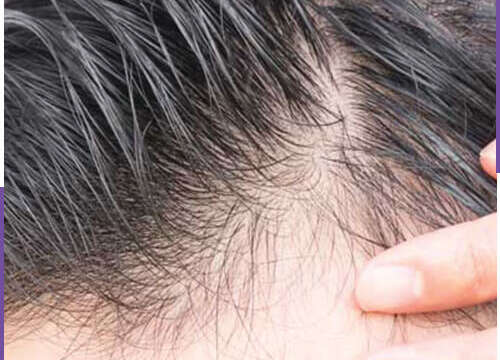WHAT IS MICRO FUE?
In this hair transplantation technique, hair roots are taken individually with special-tipped micro motors under local anesthesia and placed in non-hair areas, taking into account the angle and direction of hair output that should be.
WHAT ARE THE STEPS FOR THE APPLICATION?
In micro fue technique, hair is carefully removed one by one and placed into bald areas that do not have hair. Before removing the follicle, hair should be cut in a way that their length will be 1 mm over the donor area where the hair is extracted. With local anesthetic medication, the non-hair transplantation area is anesthetized. Micro tips are brought closer by centering the hair. It is immersed in the skin and pulled out according to the natural angle of the hair. The hair is cut in a cylindrical style, along with the follicle and the microscopic tissue surrounding it. It is gently pulled with a micro penset and the follicular unit comes separately from the loose base. Thanks to this automated system, which minimizes the damage of the roots in the operation, the duration of the operation has been shortened and the number of roots taken in the time unit has increased. Follicular units are collected in this way and then placed in much smaller holes in the bald area. Each follicular unit contains an average of 2 to 3 follicles.
In the area where the grafts are taken, only one-to-one studies are being done on the relevant stem cell without retrieving tissue.There is no incision and stitching in the area where the hair is extracted. In the area where the roots are removed, abrasions which are no more than 0.6-0.7 mm occur and these abrasions will heal in a few days and leave no trace. With this technique, grafts taken out from the nape area are used in hair transfer as well as eyebrow, moustache and beard transfer. In one session, 4,000 to 6,000 grafts can be taken, depending on the condition of the average donor area and the number of roots to be planted. Each graft has 1-3 hairs. One graft hair is accepted to contain 2-2.5 hair on average. Depending on the number of roots, it is possible to plant 50-60 hair follicles per square centimeter. In addition, there is little pain in the first days after the operation and the the fact that recovery time is much faster become the trend of our current times. The hair that is planted usually falls out at the end of the first month and starts to come out in and grow 2-3 months after hair transplantation. In the 6th month, hair can grow in such a way that you can see easily with your eyes.
However, it takes its best form within 1-1.5 years after completing the adaptation process. The hair shedding is not in question because it is taken from the area that is coded not to shed.
Hair grows in the same color and character because it belongs to same person. The amount of hair that exists in hair transplantation and the method that is applied are as important as the direction of the hair that is planted, the naturalness of the front hairline is as important as the amount of hair that is planted.
Before transplantation, careful evaluation should be made and the structure of the hairy skin, diseases and hormonal status of the patient should be evaluated. To improve the condition of the hair on the scalp, nourishing sprays in order to promote hair growth while reducing hair loss should be provided to strengthen hair.
During the hair transplantation process, patients are recommended to take these spray and supplementary foods again beginning nearly one months later than transplantation and consume these products until nearly ninth month following transplantation.Hair mesotherapy and PRP (platelet rich plasma) application should be performed on the patients in the third month following transplantation.
This is applied to the hair area.




